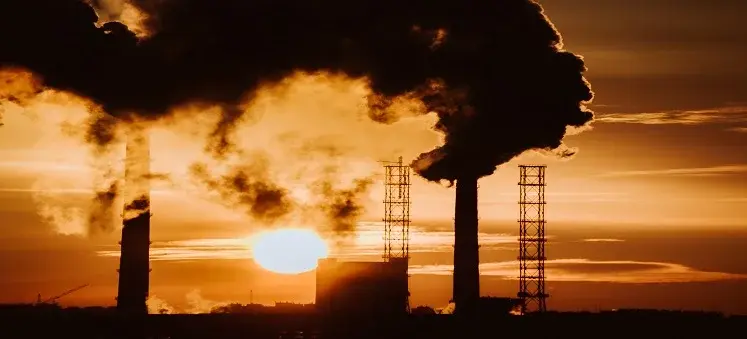The International Energy Agency's Global Methane Tracker has found that newly adopted policies and regulations, and reaffirmation of climate commitments at COP28 is paving the ground for emissions reduction
The first comprehensive assessment since the climate summit in December, the tracker has observed a negligible rise in fossil fuel-induced methane emmissions in 2023, compared to the preceding year.
Of the top 10 emitting countries that were responsible for around 80 mn tonnes of methane emissions from fossil fuels in 2023, the United States remains the leading emitter as the largest global producer of oil and gas, closely followed by Russia. China is by far the highest emitter in the coal sector.
Global methane emissions, however, remain a lot higher in terms of meeting international climate targets. According to IEA, limiting global warming to 1.5 °C will require at least a 75% emissions decline from fossil fuels need by this decade.
“A 75% cut in methane emissions from fossil fuels by 2030 is imperative to stop the planet from warming to a dangerous level. I am encouraged by the momentum we’ve seen in recent months, which our analysis shows could make an enormous and immediate difference in the world’s fight against climate change,” IEA executive director Fatih Birol said. “Now, we must focus on transforming commitments into action – while continuing to aim higher. Well known policies and existing technologies could reduce methane emissions from fossil fuels substantially. The IEA stands ready to help the energy sector meet its goals by deploying these measures, and we will continue to monitor progress – a key part of our wider efforts to ensure countries deliver on the energy promises they made at COP28.”




